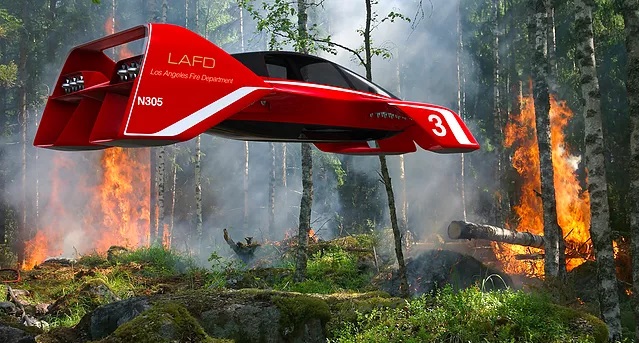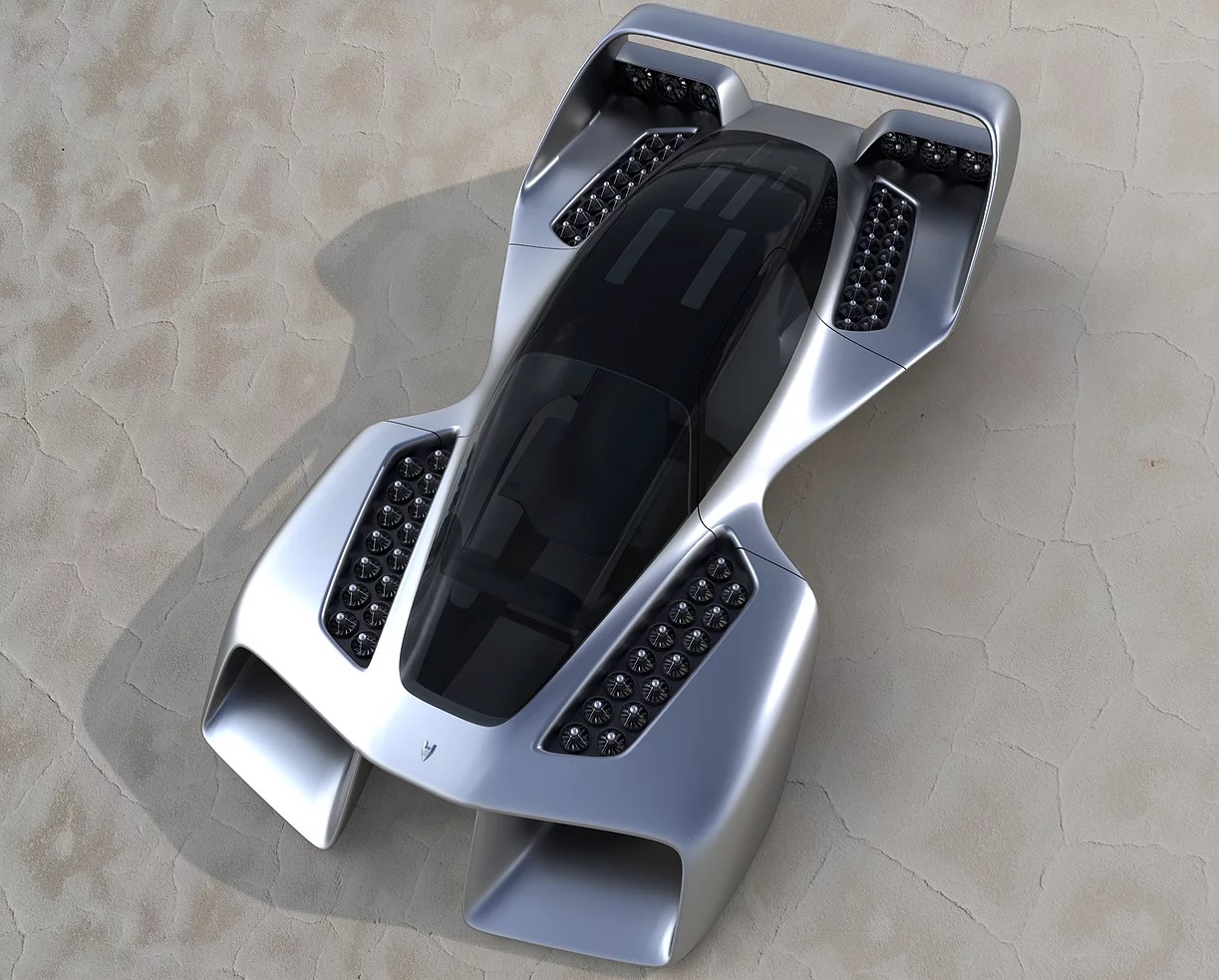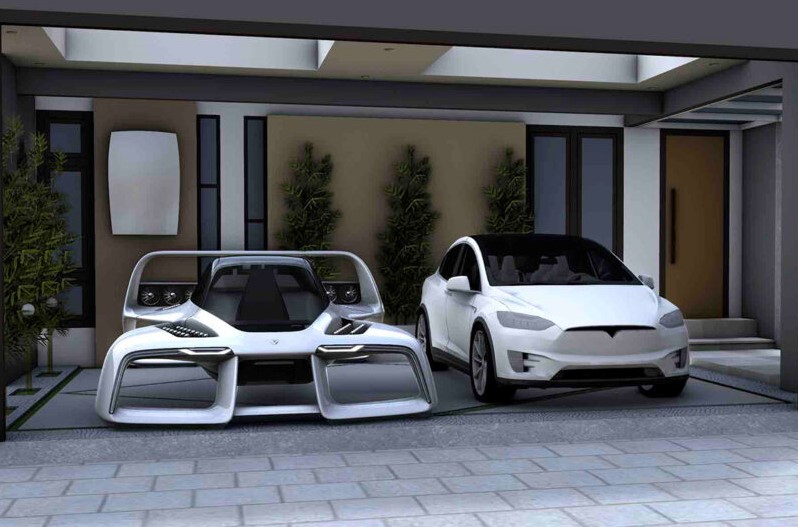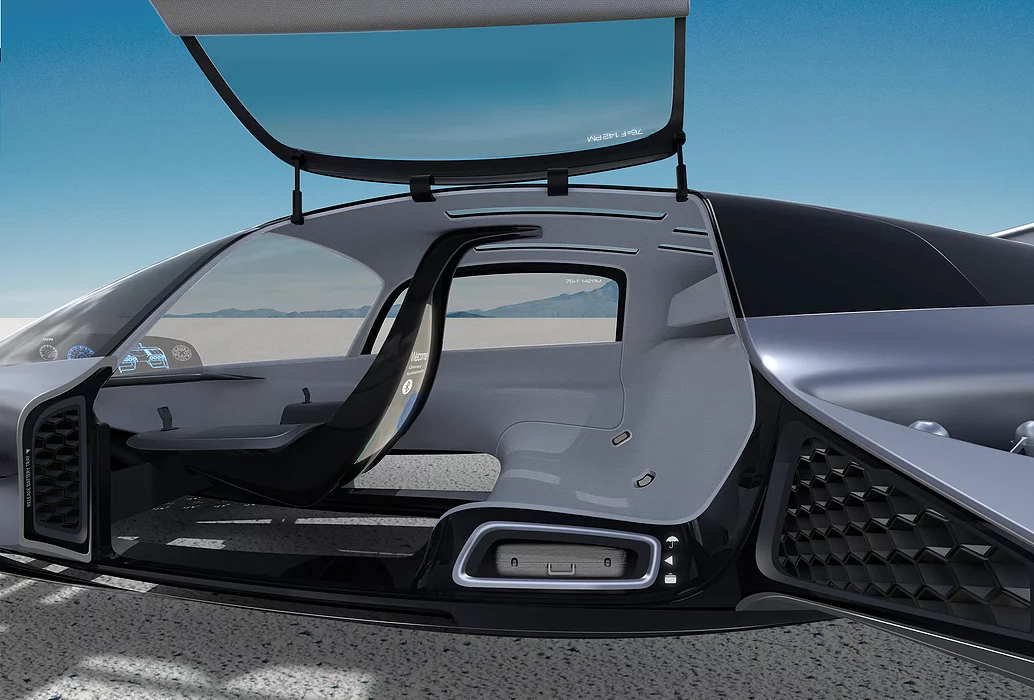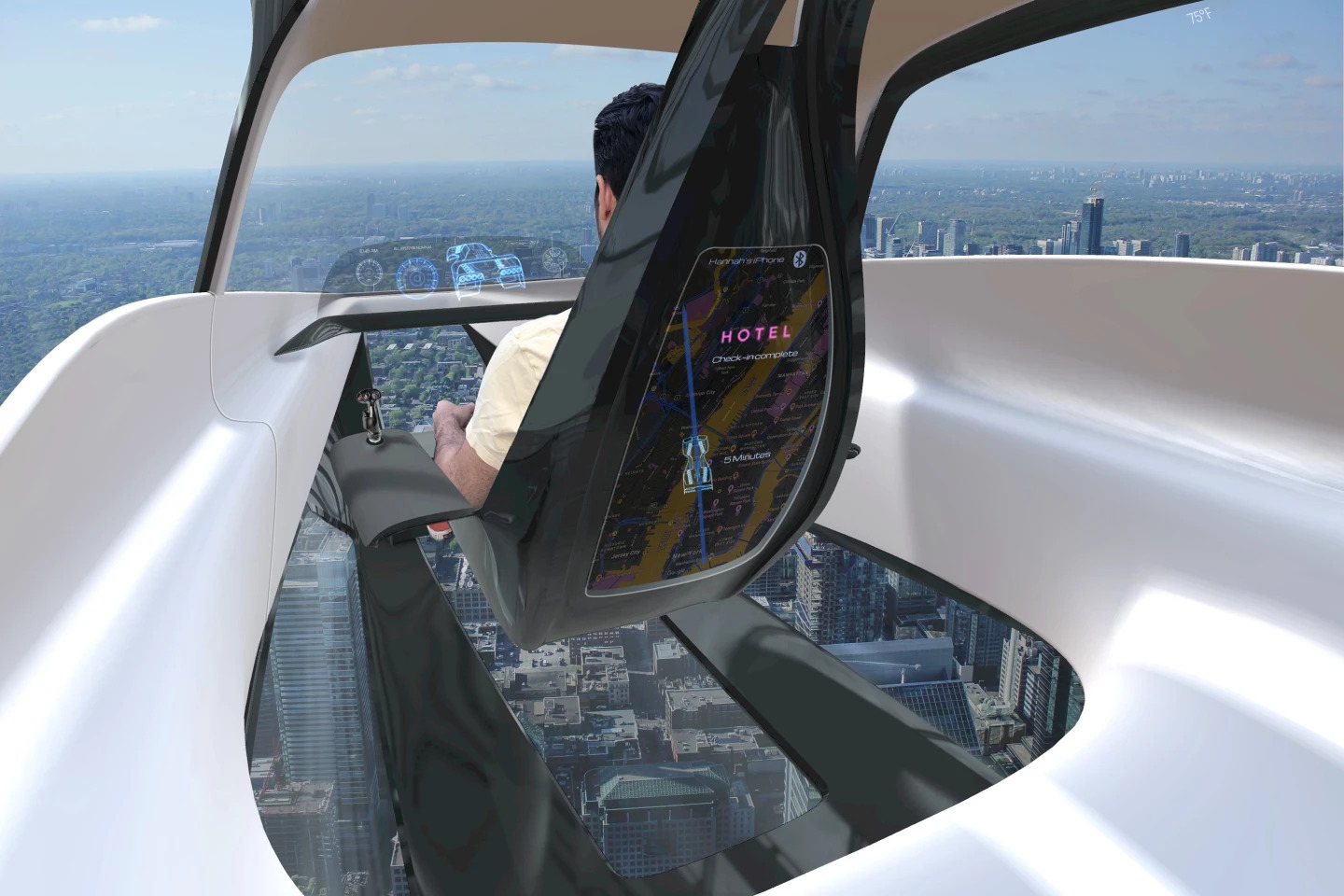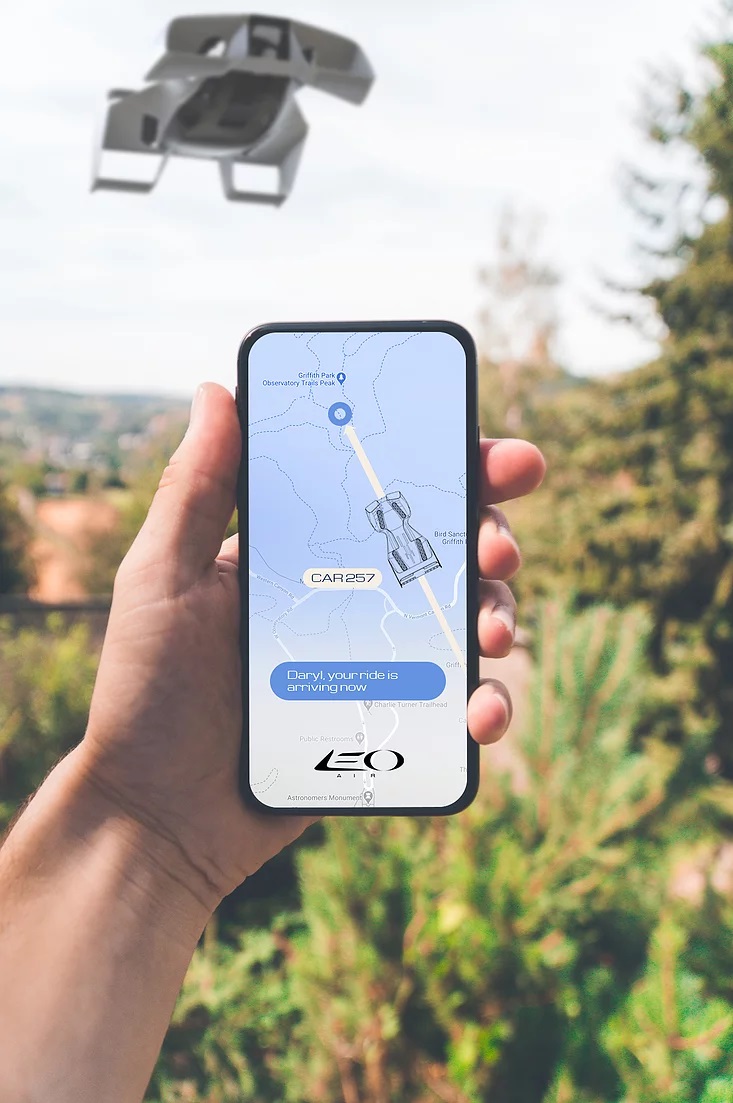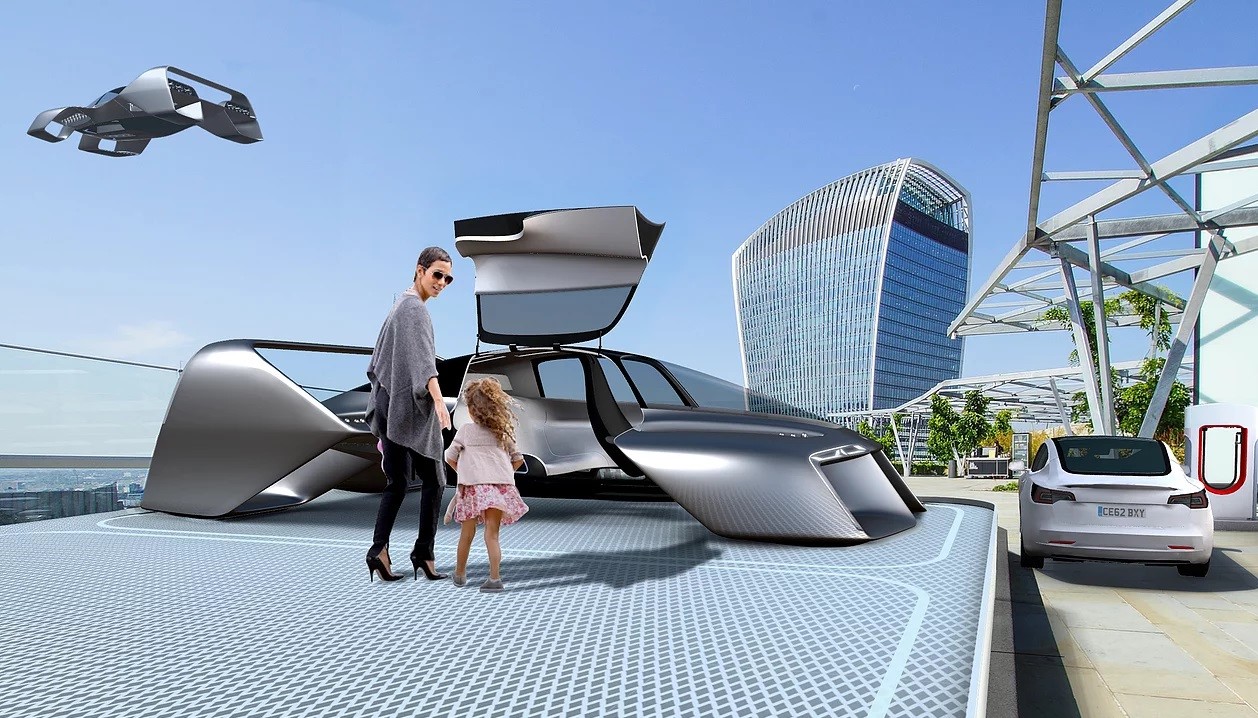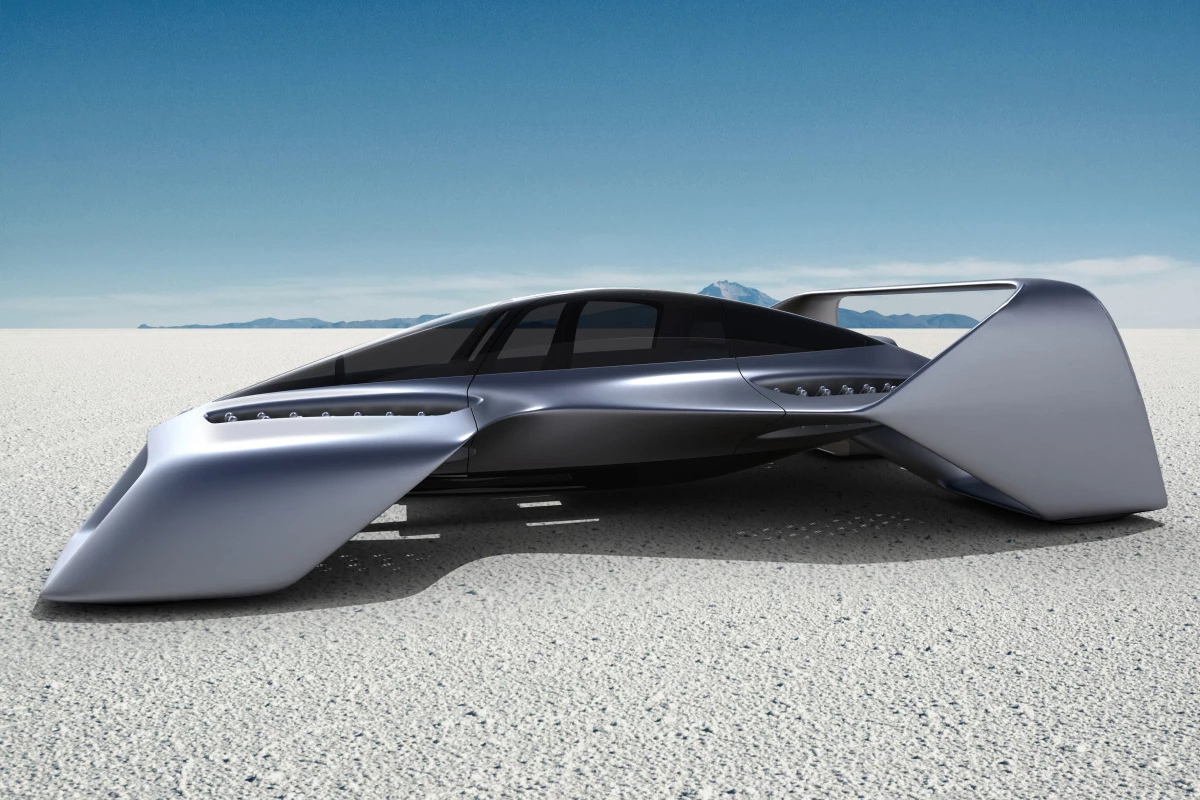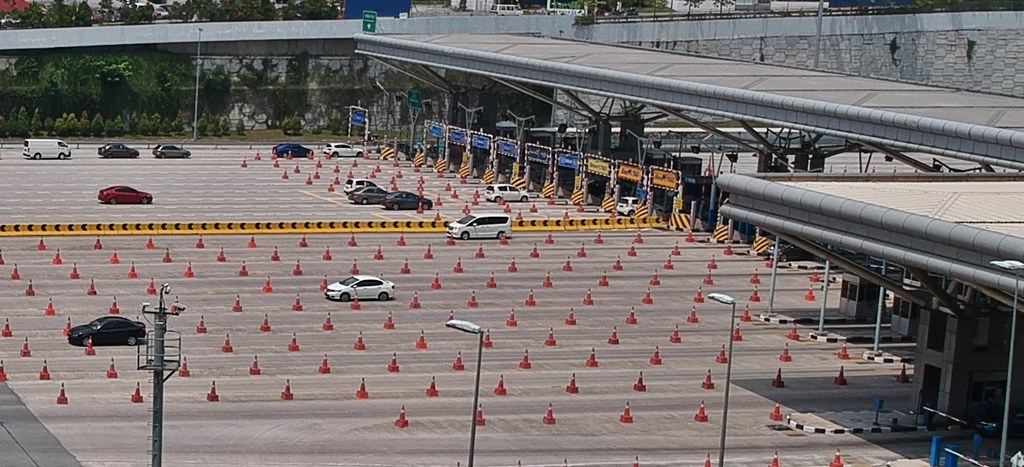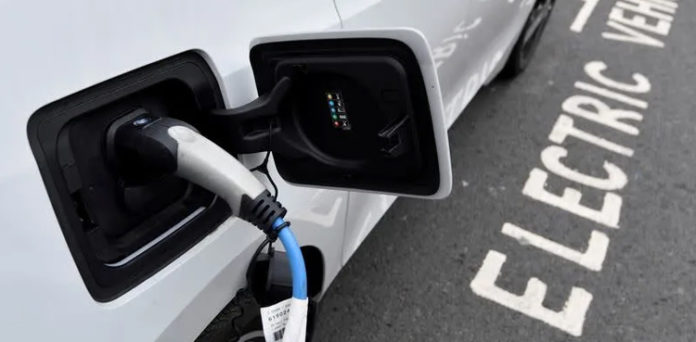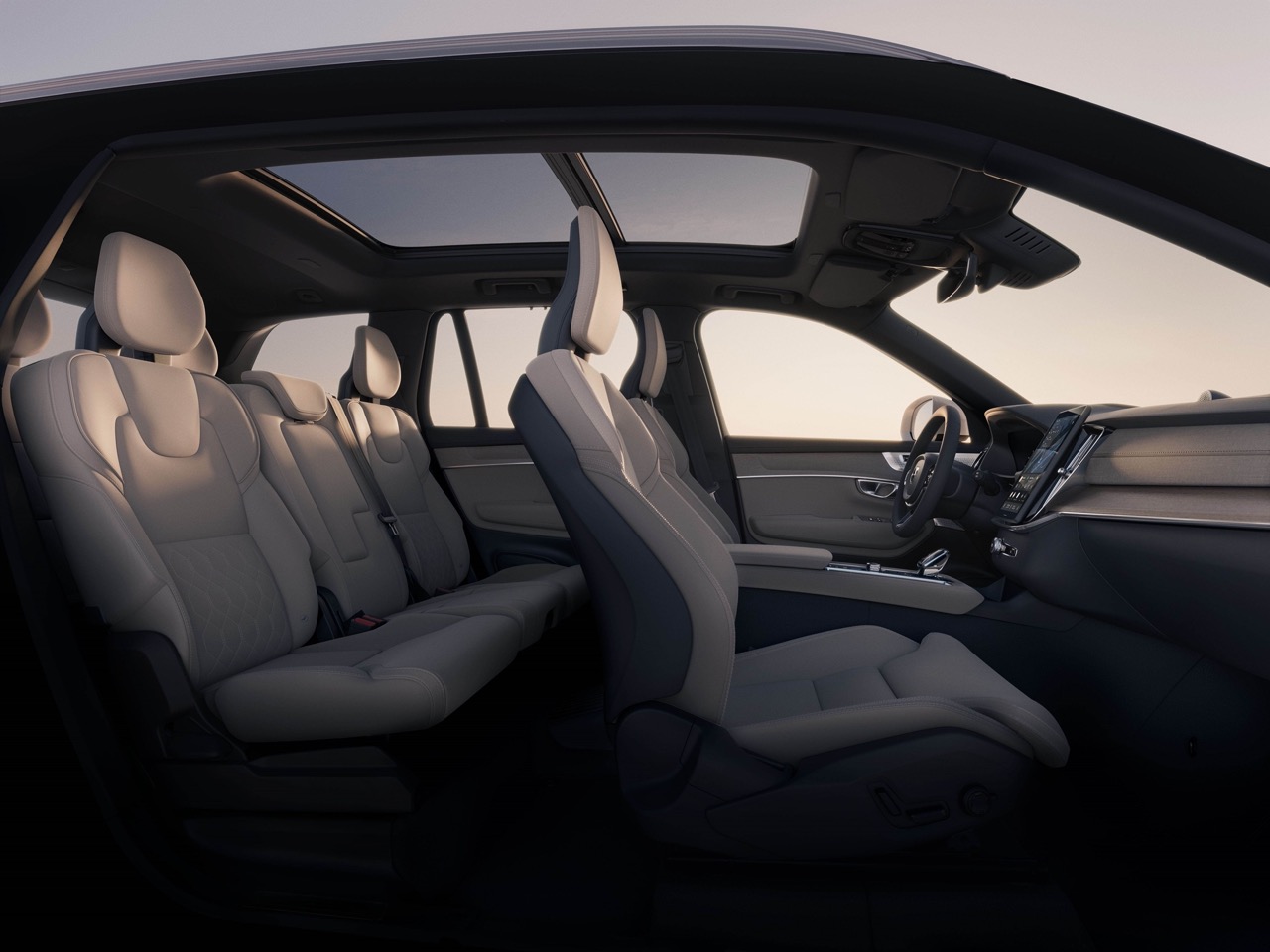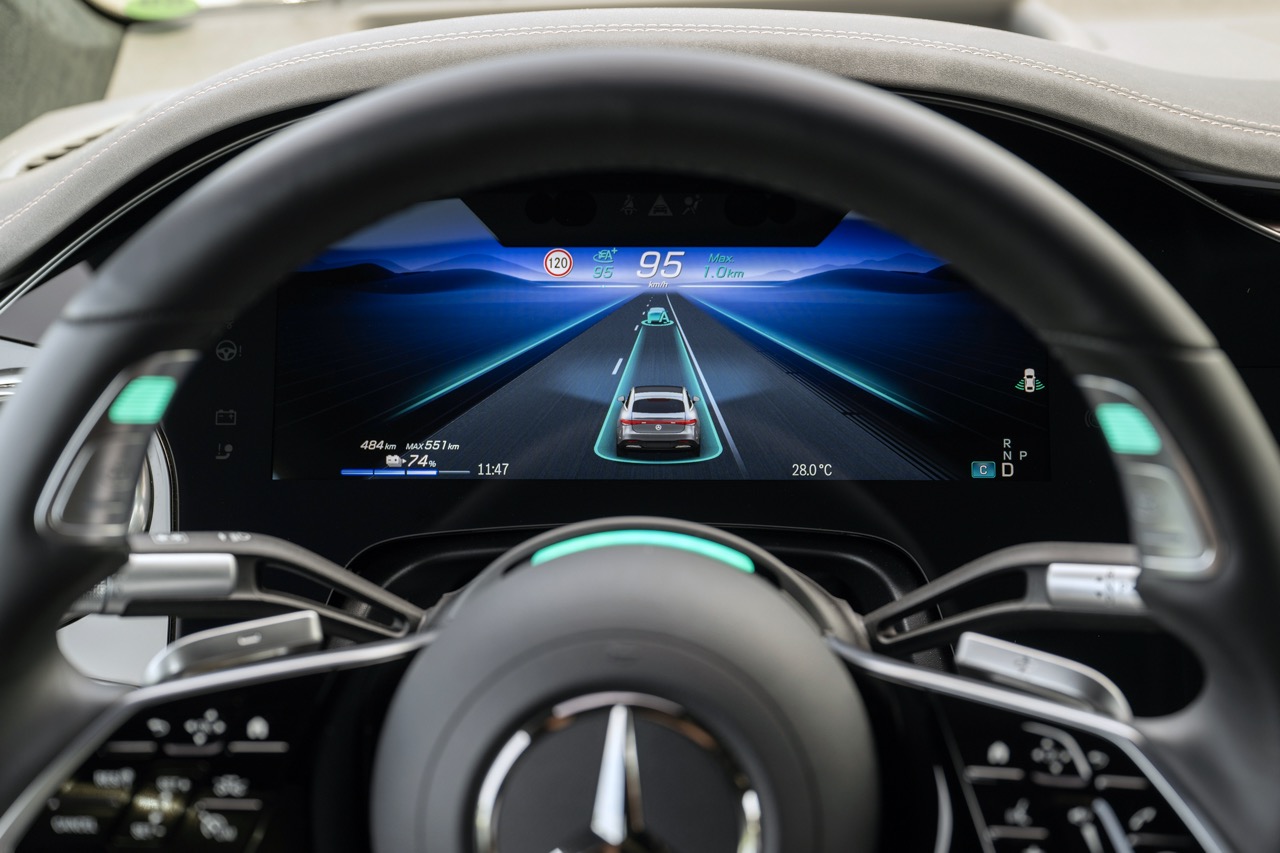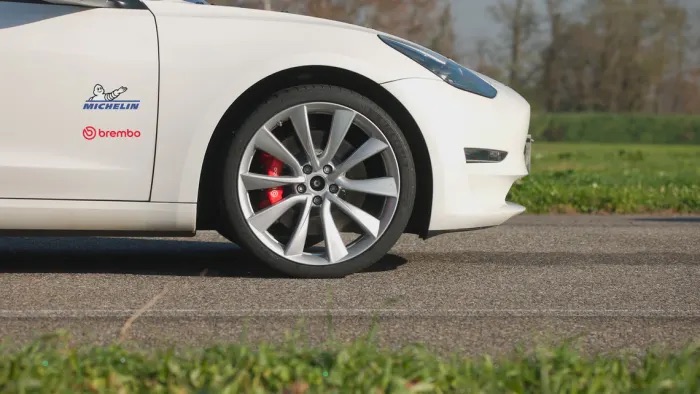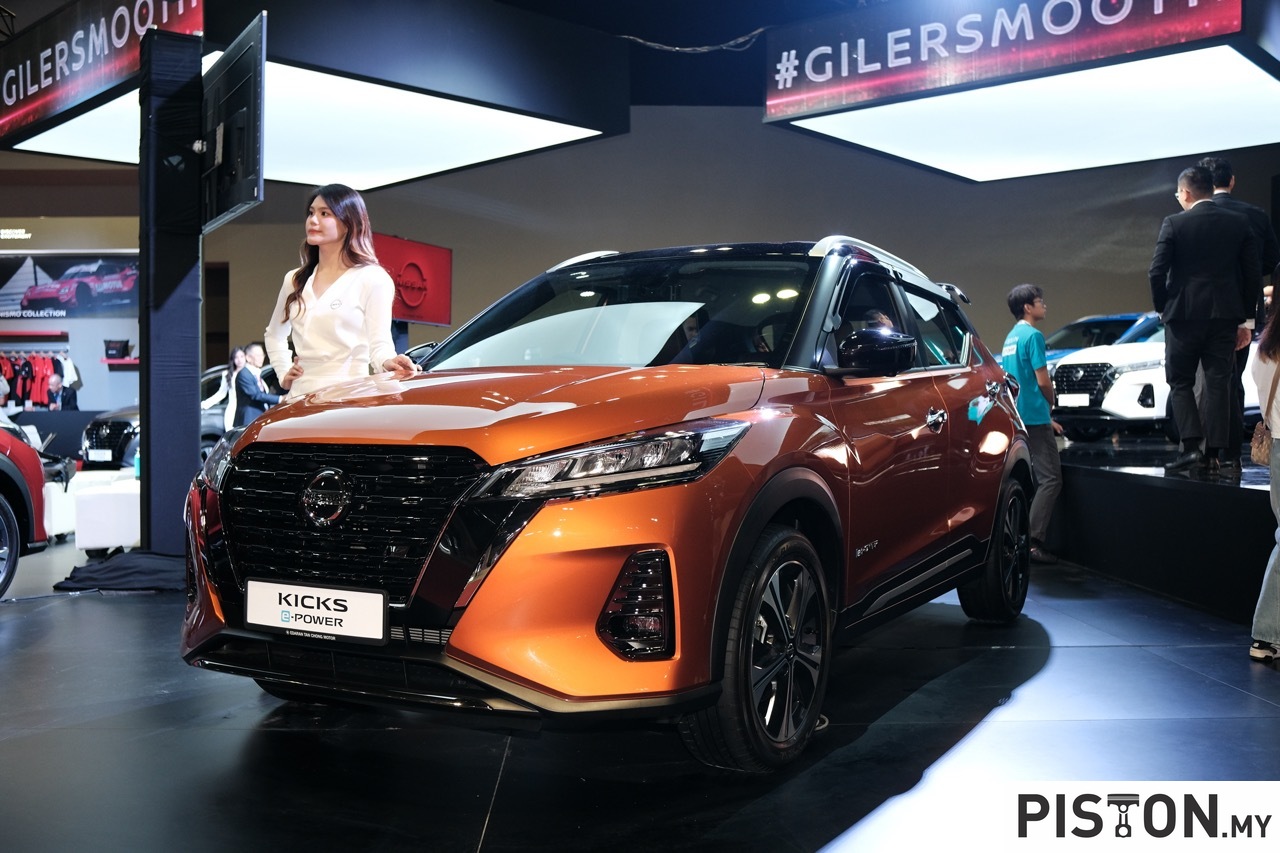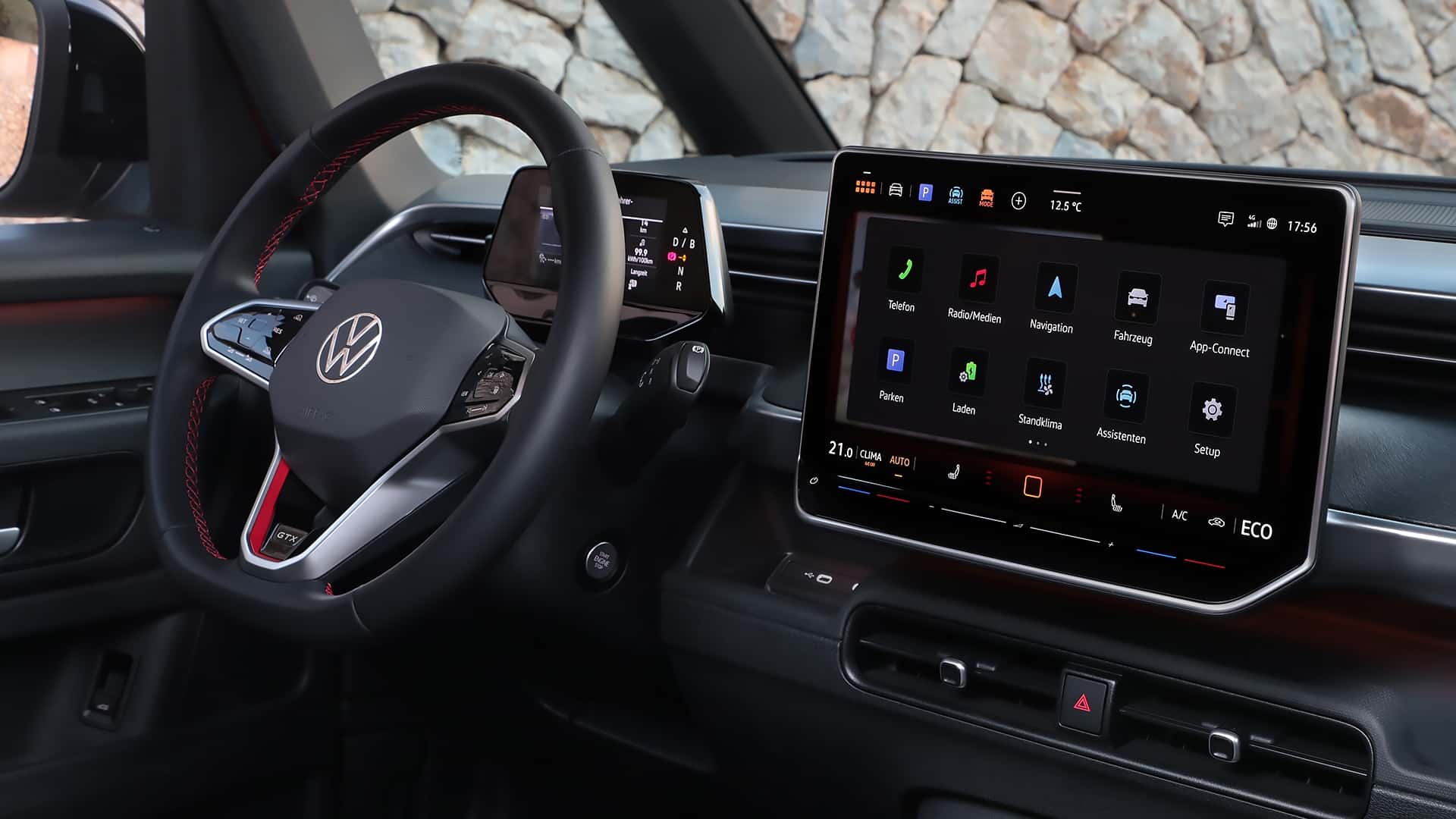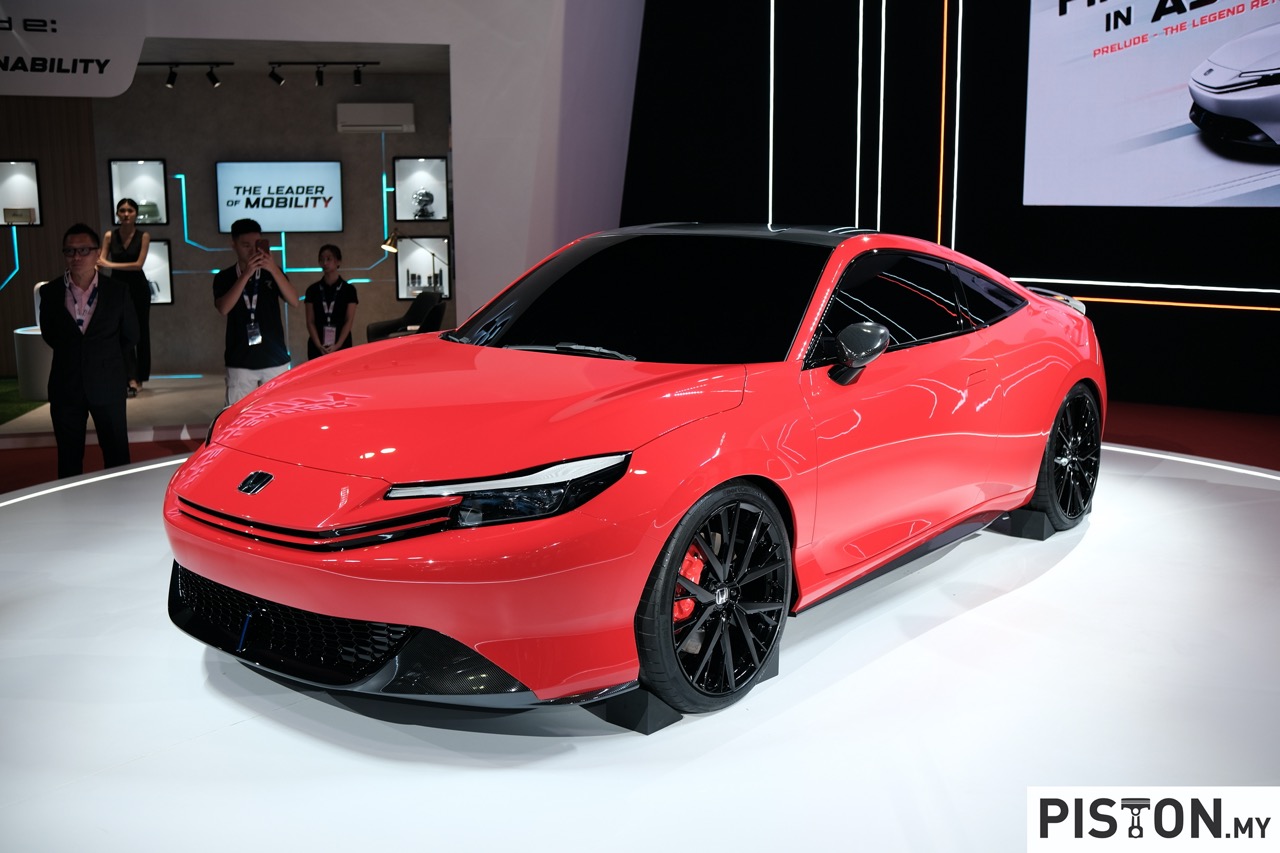Pete Bitar and Carlos Salaff formed Urban eVTOL (UEV) in early 2020 as a joint-venture between Bitar’s company, Electric Jet Aircraft, and SALAFF Automotiv to design VTOL (Vertical Take Off and Landing) ‘flying cars’. Though it was just as the COVID-19 pandemic was growing, they had optimism that the time was right. They saw a tipping point in relevant technologies – that science fiction visions of compact flying cars with internalized propulsion are now within reach.
Automotive familiarity
The duo created the LEO Coupe, an all-electric jet turbine-propelled eVTOL. They designed it to evoke an automotive familiarity while shaking the foundational impressions of what an aircraft could look like. Salaff has an automotive design background having been involved in the Mazda Furai concept car as well as some Mazda models.
The LEO Coupe is unlike an airplane or helicopter; it is an automobile for the sky. Placed alongside current eVTOL aircraft, its compact size of 3-metre x 6 metres footprint is immediately apparent. It is compact enough to fit in most 2-car garages, so it can be privately owned and used any place where space is limited and ground infrastructure is underdeveloped or even non-existent.
Apart from private ownership, the LEO Coupe can also serve as an air taxi, or be used by fire, rescue, and medevac services. There are also possibilities in the tourism industry as it can go almost anywhere even when there is no road to get there. If used for public transport, UEV’s cost target is for a single ride to be comparable to leading automotive ride-sharing prices.
Electric flight for 3 persons
The fully electric propulsion system is made up of clusters of powerful electric jets, allowing safety through redundancy. Shrouded within LEO’s wings are non-exposed rotors, eliminating danger to those around the vehicle. A 400 km/h maximum flight speed and 480-km range is claimed and a fully charged battery pack can give an hour of flying time.
Entry to the 3-person (including the pilot) cabin is through gull-wing doors. For now, the flying is semi-autonomous as fully-autonomous tech is not mature yet. Thus human control is better for added safety and security.
No airport needed with VERTISTOP
Due to its safe internal propulsion and compact form, LEO Coupe holds massive implications for the future of the aerial ecosystem. Besides developing the flying vehicle, UEV has also come up with a solution for efficient infrastructure called VERTISTOP, a concept of travel hubs that can be easy to integrate to existing infrastructure.
This works efficiently with the vehicle’s compact size and deploying easy-to-build VERTISTOPs on existing urban rooftops can create transportation. Rather than create costly, large, new infrastructure, this approach will make the growth of eVTOL networks more rapid, less expensive and more ecologically-friendly.
Once FAA certification is obtained, the company plans to sell the aircraft as a kit that a customer could assemble within 40 hours. The price is expected to be around US$300,000 (about RM1.243 million) and a demonstrator should be in the air by next year.
AirCar’s flying car completes first ever inter-city flight (w/VIDEO)



